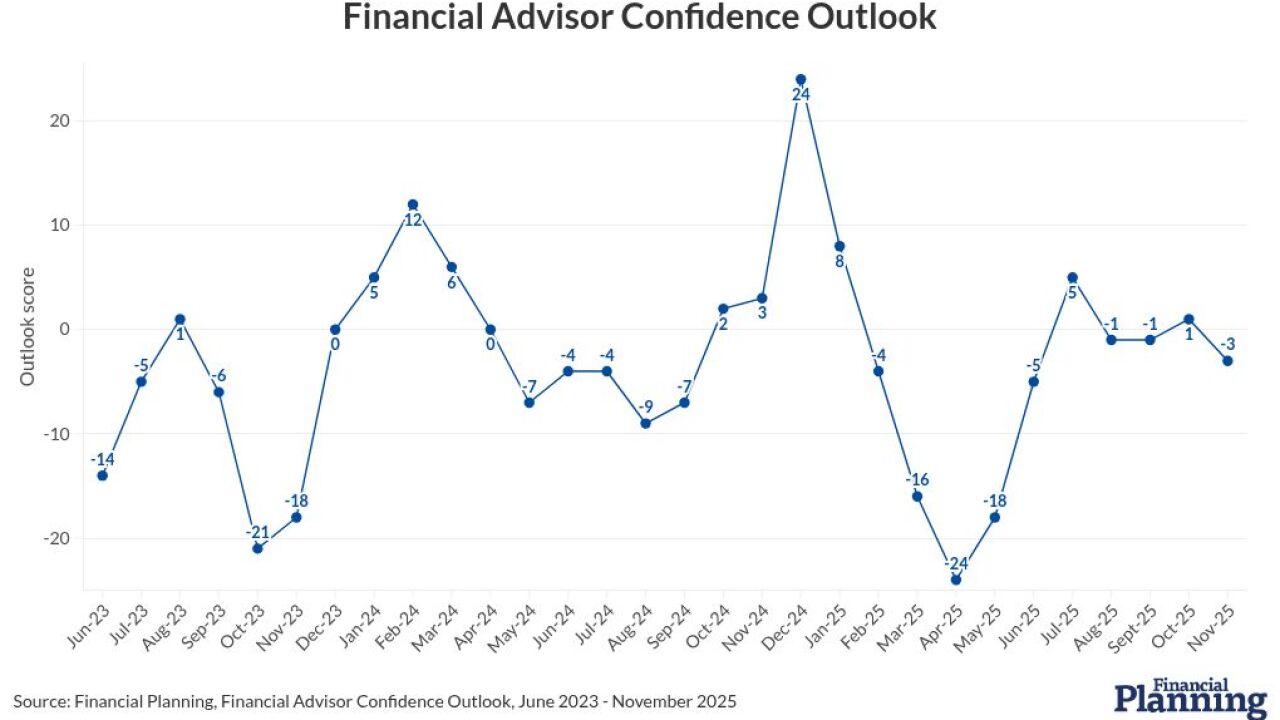If nothing else, the recent market volatility was a lesson in the hazards of pat narratives. Exhibit A is rising interest rates: are they good or bad for stocks?
From an intraday low, the S&P 500 has rallied 7.4% since, putting it on pace for the biggest weekly gain since 2014. All that as 10-year Treasury yields went from 2.85% to nearly 2.9% now.
It’s a long way from when bond rates significantly lower than today’s were enough to spark an equity selloff that became the fastest correction in half a century. Call it an overshoot, call it fickle psychology — but don’t call it a break with how the two markets have usually interacted.
Strategists at S&P Dow Jones Indices weighed in on the question , noting that while there’s been concern in the markets about the future of Federal Reserve policy, equities historically have thrived, rather than suffered, when interest rates climb.

“The first reason to love equities in rising rate times is that they have gained significantly,” Jodie Gunzberg, managing director and head of U.S. equities at S&P Dow Jones Indices, wrote in a blog post. “Since 1971, the S&P 500 [Total Return] has gained about 20% on average in rising rate periods, has gained 8 of 9 times and has gained nearly 40% twice with less than a 4% loss for its worst rising rate period.”
In addition, stocks benefit from overall appreciating asset values during these periods. “This makes sense because interest rates may not drive equities but both can rise concurrently from the environment that lifts them,” she wrote.
Small-cap stocks have typically fared the best during periods of rising rates, gaining 7.3% for every 100 basis point increase. Meanwhile, mid-caps have added 5.9% and large caps have advanced 2.5%. Although every sector, size and style gains in such a situation, Gunzberg advised investors to “look to the sectors reporting strong profits and paying high dividends to perform in this rising rate environment.”




